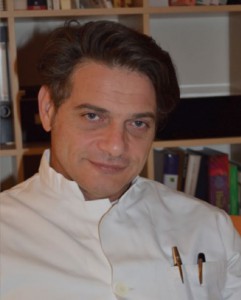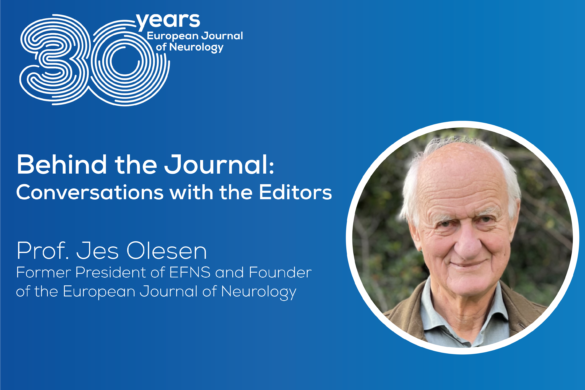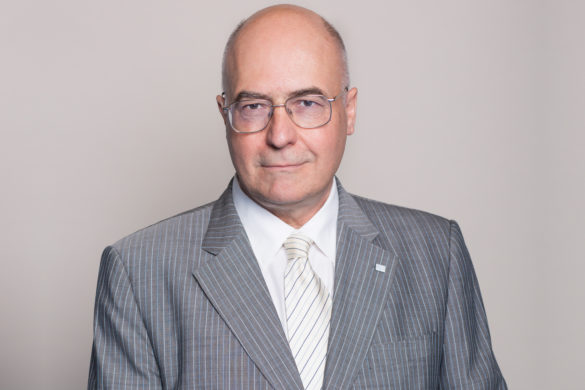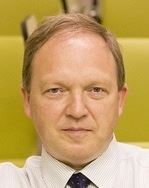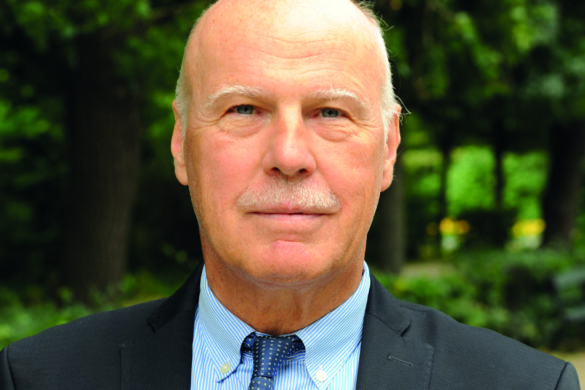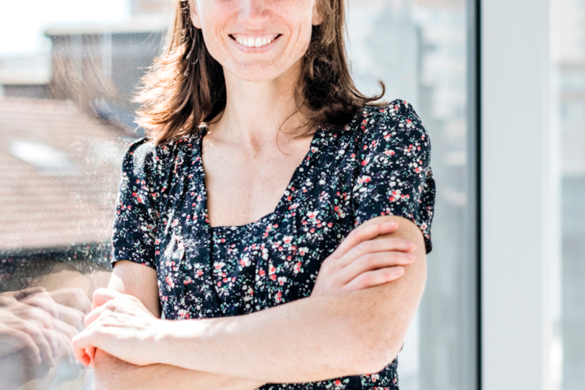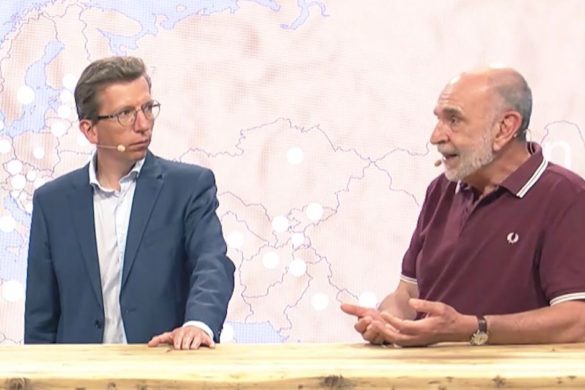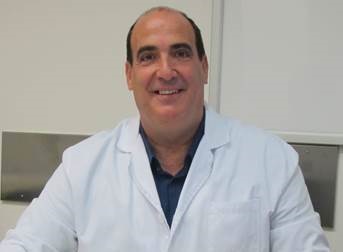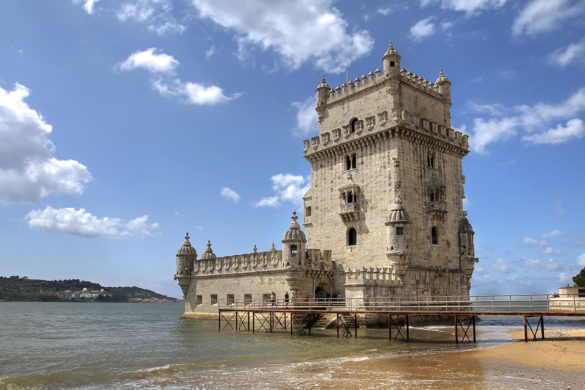Gian Luigi Lenzi (GLL): As President of the EHF, can you illustrate the role you would like EAN to cover within the world of European Neurology?
Dimos-Dimitrios Mitsikostas (DDM): The European Headache Federation represents all national Headache Societies in Europe and neighbouring nations. Since its foundation in 1992, EHF has sought to improve the life of those affected by headache in this territory. Headache is by far the commonest neurological symptom and primary headache disorders are the most frequent neurological conditions affecting million Europeans. Chronic migraine is the most prevalent disabling brain disorder and chronic cluster headache is likely one of the most painful and immobilising conditions that man experiences today. Although not killing people, primary headache disorders often destroy people’s life. We aim to make neurologists in Europe realise this picture, because headache burden is underestimated among neurologists. The European Academy of Neurology that holds the neurology crown in Europe would be the best mainspring to achieve this goal.
GLL: EAN aims at being the overall umbrella for neurology and neurology related specialties. How do you see EHF working together with EAN?
DMM: As I said before, there is no doubt that EAN plays the pivotal role in neurology across Europe. EHF is an official partner of EAN and seeks to co-patronize any action related to headache. It is one of my personal goals to merge efforts in Europe in order to best achieve our aims on this matter. From this point of view common activities are already performing in education and research, but much more is required and there is indeed space to expand these behaviors. My presidency is dedicated to make decision makers and neurologists in Europe understand the cluster headache burden. Much has been said about migraine, but no awareness about cluster headache there is. Together with pain experts and social support from patients’ societies we will create the appropriate strategy to make this happen. EAN assistance is necessary and tremendous to achieve this scope. EAN and EHF would work together in several other topics this is just an example. Collaboration with patients’ organisations is another model for potential group effort to improve granting in headache and neurology era. EHF works intimately with European Headache Alliance to improve developments related to our aims and this could be a form for larger corporation between neurologists and neurological patients.
GLL: What is your view on the future of the educational grants for young neurologists? Can you see possible co-operation between EHF and EAN in this field?
DDM: Migraine research is reforming due to developments in monoclonal antibodies and neuromodulation. Since EHF aim is to improve granting in headaches this is a wonderful chance for collaboration with EAN. Not only to combine financial sources but scientific prestige and reputation as well. A biannual grant for research in headache co-sponsoring by both EHF and EAN would be a very attractive development into this direction.
GLL: Can you share with our readers your vision on how Neuropenews can help strengthen EAN’s identity?
DMM: From paper hard copy international communication has moved to web blogs offering new horizons in ideas exchange and sharing. Apparently, Neuropenews is an essential tool to deliver immediately planning activities and new ideas covering all fields in neurology. Readers’ feedback offers direct and instant evaluation of the delivered information. New advances in research, major educational activities, political decisions related to neurological conditions, any information linked to brain should be included and reviewed by Neuropenews to make people in Europe and worldwide familiar with EAN.
GLL: EAN is publishing Guidelines that receive a large number of quotations, indicating that they appear interesting to many neurologists. Is it possible to consider a cooperation between EHF and EAN for Headache Guidelines?
DMM: Certainly. Both EHF and EAN could patronise Headache Guidelines in Europe following the American Academy of Neurology and American Headache Society paradigm. Currently, EHF publishes almost every year guidelines addressing common clinical issues to help physicians in daily practice. After clarifying details covering publication policies, a future cooperation for Headache Guidelines would be ideal therefore.
GLL: The EAN Congress aims at being the neurological platform of excellence where the major scientific results are presented. What would be your suggestion to highlight EHF’s work within the frame of the EAN congress without creating an overlap with EHF’s meeting?
DMM: This is an interesting and hot theme that shows the pragmatic contribution on the other hand. All scientific societies aim to improve quality and significance of presentations in their meetings or congresses. I believe that important studies should be presented in all meetings to amplify accessibility. EAN requires only unpublished studies in EAN congresses and this may frame headache specialists to present their work in a larger audience with general neurology interests. I assume that this is a potential problem in other neurological sections as well. Depending on time, scientists usually decide to present their work in the closest meeting to prevent competitive presentations, or to evaluate feedback important for drafting the paper. Giving a reasonable time frame (e.g. six months), major studies of clinical relevance should be presented in all related meetings, like in USA. The scientific committees of the congresses are the ones that will judge the significance of such a study, eventually.
Professor Dimos-Dimitrios Mitsikostas is President of the European Headache Federation (EHF) and works at the Department of Neurology, Athens Naval Hospital in Athens, Greece.

